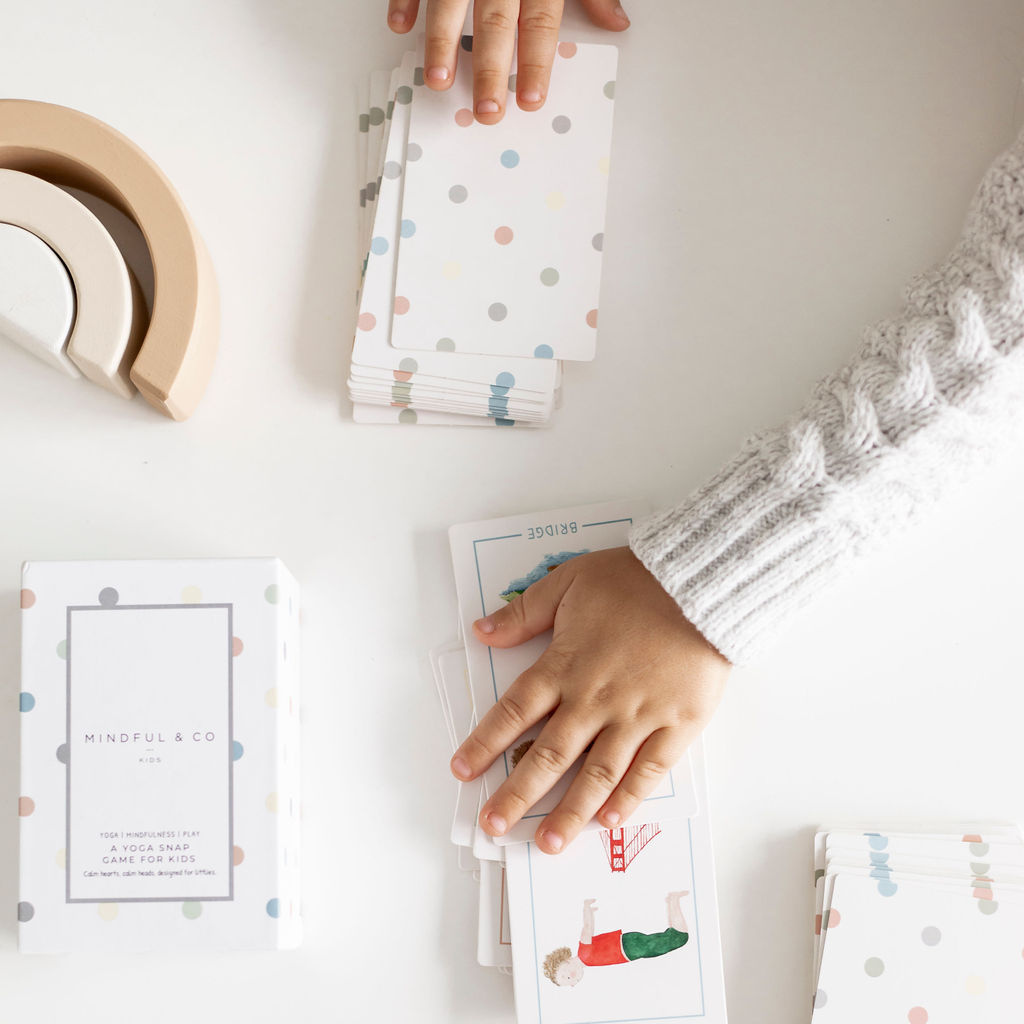Play is an essential aspect of development in children, encouraging the development of creativity, brain growth as well as emotional wellbeing. For children who have unique sensory needs, such as those suffering from ADHD or autism, the selection of toys becomes even more crucial. A variety of products and toys designed specifically to meet their unique needs are now available to the market. From ADHD toys for kids to autism-friendly products and sensory toys for children, these offerings provide an opportunity for inclusive and purposeful playtime.
ADHD Toys For Kids: Helping the ability to focus and engage
Children with Attention Deficit Disorder (ADHD) frequently struggle to keep their attention on track and manage their impulses. It is crucial for children to have engaging toys that help channel their energy into positive direction. ADHD toys are created to increase concentration and provide sensory experiences.

Fidget toys, construction sets, as well as interactive puzzles are examples of toys that could be helpful for children suffering from ADHD. These toys promote play with the hands, problem-solving and development of fine motor skills. Fidget Toys, in particular provide children with a way to satisfy their sensory demands and keep their hands active which improves concentration and focus.
Autism-Friendly Products: Supporting Diverse Sensory Needs
Autism is a disorder of development that impacts communication and social interaction, usually comes with sensitivities to sensory. Toys can make a difference for children with autism. These products have been made to take into account sensory needs and encourage positive interactions.
These products might include toys with calming lights and sounds such as weighted blankets, weighted pillows, and textured sensory balls. They are designed to engage multiple senses and create a sense ease and security. The soothing effects of the toys are able to help ease anxiety and stress. This helps children be more relaxed in their surroundings.
Sensory Toys for Children: Exploring a Multisensory World
Sensory play is vital for every child as it fosters the exploration of their minds, cognitive development and the understanding of their surroundings. For children who suffer from sensory processing disorders (SPD) that alter the way they respond and perceive the sensory environment, sensory toys for children are invaluable tools to learn and improve self-regulation.
Sensory toys are available in a variety of forms. They range from tactile toys, such as squishy ball stress relievers, to visually toys like light projections. These toys are designed to stimulate children’s sensory abilities and aid in developing their abilities to communicate and improve their ability to process sensory information. The tactile, visual and auditory components of these toys are essential to holistic sensory development.
SPD Products: Supporting Children with Sensory Process Disorders
Children who suffer from sensory disorders require items that address their specific sensory needs while encouraging comfort and participation. SPD products are created to aid children in managing sensory sensitivities and enhancing their sensory experiences.
SPD products such as sensory bins, sensory swings, and weighted vests are designed to encourage exploration and regulate. Vests that are weighted can offer a an easing pressure and a pleasant sensation. Sensory swings also provide vestibular input. Sensory bins containing a variety of textured materials encourage interaction and creativity.
How do you select the ideal Toys? Things you need to take into consideration
When choosing toys for children who have ADHD or autism and sensory processing disorders, it is important to take into consideration various factors.
1. Sensory Features: Select toys that provide tactile, auditory, visual or proprioceptive sensations to satisfy specific needs.
2. Safety: Make certain that toys do not contain small parts which could cause choke hazards, and are constructed of non-toxic substances.
3. Engagement: Choose toys that will captivate your child’s imagination and promote an active and interactive play.
4. The Comfort: Pick products that offer comfort and security, especially for children who have sensory sensitivities.
5. Inclusivity: Encourage inclusivity by prioritizing toys that children of all ages can take pleasure in.
In a society where play is a vital tool for development and growth It’s a joy to observe the increase in products and toys that are created to meet the needs of children who have ADHD and autism as well as sensory processing problems. ADHD toys as well as autism-friendly toys and sensory toys aren’t just for fun, but also help children feel like members of a larger community, involved, and empowered.
The choices we make as parents educators, and as caregivers can influence the development of your child. If we let children engage in a play environment that satisfies their needs for sensory stimulation and is specifically designed to create an inclusive and supportive environment.

